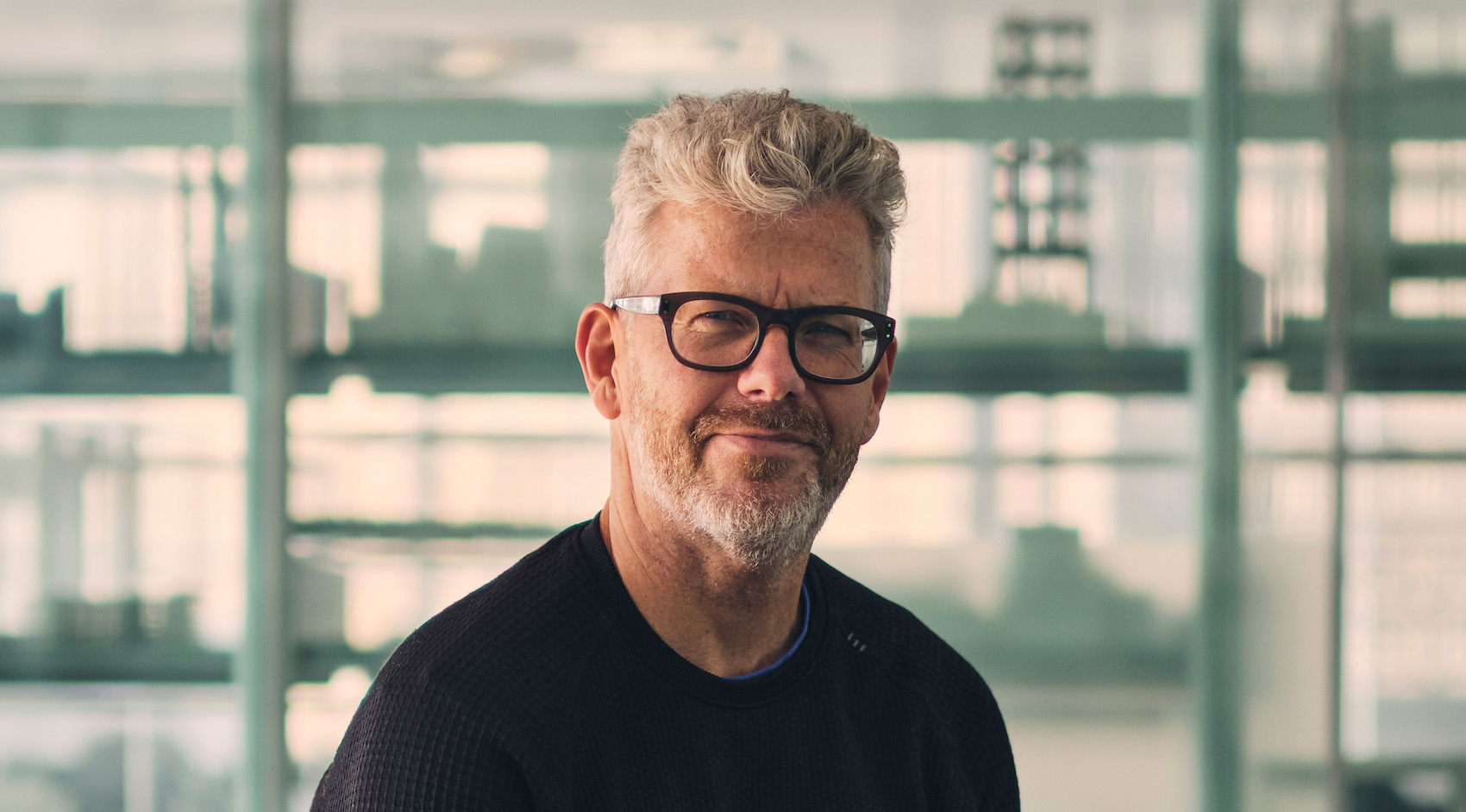AT talks to Ed Williams, managing partner at Fletcher Priest Architects, about how and why the practice it embedding resilience and future proofing into the design of its buildings.
Why is designing for longevity important to Fletcher Priest, and how is this influencing the way you approach building projects?
Creating longevity is a passion of mine. Building for the future requires new ways of thinking. Historically, the majority of workplace buildings were designed with a view to lasting 20 to 30 years. We want to see them last 10 times that. We want resilience in our built assets, which involves looking at a range of issues, such as considering different building materials, alternative construction techniques, and, as designers, how we interact with both our clients and the communities using the buildings we deliver. The re-use of materials and the use of material passports are obviously important from a sustainability point of view. In addition, we are thinking about how we design better for the long term.
What are the main strategies you are employing to ensure your projects are resilient and future proof?
Buildings and sectors change their function over the years, and we aim to make them modification friendly. We allow for flexibility and ensure that flexibility is made easy through the design process. Mixed-use and change-of-use can help with a building’s lifespan. Re-shaping a space that was serving one group of users into one that can cater for a whole new market is one way of achieving longevity. For example, turning redundant retail space into workplace in our Wimbledon Quarter project with Romulus, or workspace into housing within our Buckingham Green project for London & Oriental in Westminster (and others on the drawing board).
Sketch showing retractable roof at Fletcher Priest’s Wimbledon Quarter development in London. The mixed-use project will convert the existing inward-looking shopping centre into a permeable and connected hub with a range of complementary occupiers.
More buildings, particularly in places like the City of London, are reflecting the needs of the people who will encounter them, whether that’s the people who work in them or those who walk past, around and through them. We’re working on a tower in the Square Mile, which will see lower floors adapted for public access. This is contrary to the ‘fortress’ mentality that one sees with many workplace schemes in the City. Of course you need security, but the nature of such buildings – what people want from them and the attitudes of those who approve them – are changing.
Key to melding longevity and sustainability is identifying the appropriate materials to be used from the outset. We’ve alighted on timber, while appreciating the issue around fire. We are investigating structural stone, because it’s hardwearing, its lifetime credentials are very good in comparison to steel and concrete, and its fire resistance is exemplary.
Fletcher Priest’s 55 Old Broad Street development in the City of London is a low-carbon, forward-thinking workspace with a 100+ year design life.
How much reliance are you placing on research in this endeavour and what form(s) is this taking?
Research is key. Clients don’t want to know what the industry did in the past. They want to know about the future. What does the future hold for mixed-use? For retail? For workspace and for housing? And how can the built environment respond? Our research teams answer those questions, working with us as we design the building and meet with clients. Their work is vital in helping us determine the future direction of our design across all the scales and sectors.
Buildings must work for the people who use them. Clients want to know what we think as much as what we know. We care about the communities in and around buildings; that buildings are designed considering their context, impact and that they bring joy, delight and fun. One needs to have the strength of one’s convictions to push for these aspects when there is no immediate buy in.
Our research supports our philosophy that amenity and community engagement is more important than ever. These elements can render buildings more interesting. It can be harder to design and develop buildings that embrace this philosophy, but that’s not a reason to shirk the responsibility of making buildings better for those who use them and who come into contact with them.
Lastly, I was recently named managing partner here at Fletcher Priest, and I want us to develop what we have always done. It’s not about following a dogmatic view of what a building should do with a checklist of metrics, it’s about people, the senses and touching emotions, and the intangible elements that bring delight. I accept this approach can be problematic when one is trying to present design thinking. What I have experienced is that the result can be so much better and joyful. It’s a way of thinking that I want to drive through the practice.
Source: Architecture Today




